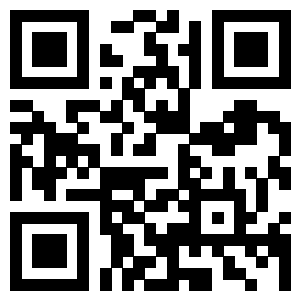Copyright@ 2017 Shenzhen TZT Technology co., Ltd. 粤ICP备06001601号-1 Powered by www.300.cn
About Us Product Technical News Recruitment Contact Us
Mobile
Tel:0755-82976083 Fax:0755-82975516
Zip:518132
Contact: Miss Liu phone: 13510138719 (cell phone)
QQ:398903608 E-mail:rose@szvsell.com
Address: 506, 3B building, Huaqiang Idea Park, Biyan Community, Guangming street, Guangming District, Shenzhen, 518107, P.R.China
Information for details
What is a connector?
CONNECTOR, or CONNECTOR. It is also known as connector, plug and socket. Generally, electrical connectors. A device that connects two active devices, transmitting current or signals. It is widely used in aviation, aerospace, defense and other military systems. The connector is a component that our electronic engineers often come into contact with. Its function is very simple: to be blocked in the circuit or isolated circuit, to bridge the communication, so that the current flow, the circuit to realize the predetermined function. A connector is an indispensable part of an electronic device, and you can always find one or more connectors along the path of current flow. Connector forms and structures are varied, with different types of connectors, depending on the application object, frequency, power, application environment, and so on. For example, the connector for the lighting on the field and the connector for the hard drive, and the connector that ignites the rocket are very different. But whatever the connector, keep the current flowing smoothly and reliably. In terms of general, connectors are connected not only limited to the current, the rapid development of optoelectronic technology today, the optical fiber system, the signal carrier is light, glass and plastic instead of the ordinary in the circuit conductor, but also the use of connectors in the signal path, their role and circuit connector is the same.
Benefits of connectors:
1. Improve the production process.
Connectors simplify the assembly process of electronic products. It also simplifies the mass production process;
2. Easy to maintain
If an electronic component fails, the failure element can be replaced quickly with a connector.
3. Easy to upgrade
As the technology progresses, the components can be updated with the connector, replacing the old ones with new and more perfect components;
4. Improve the flexibility of design.
Using connectors enables engineers to have greater flexibility in designing and integrating new products, as well as with components. Due to the increasing diversity of connectors, new structures and applications are emerging, and attempts to solve classification and naming problems in a fixed pattern have become difficult to adapt. Nevertheless, some basic categories are still valid.
Previous article:
The future development trend of HDIM connector.




